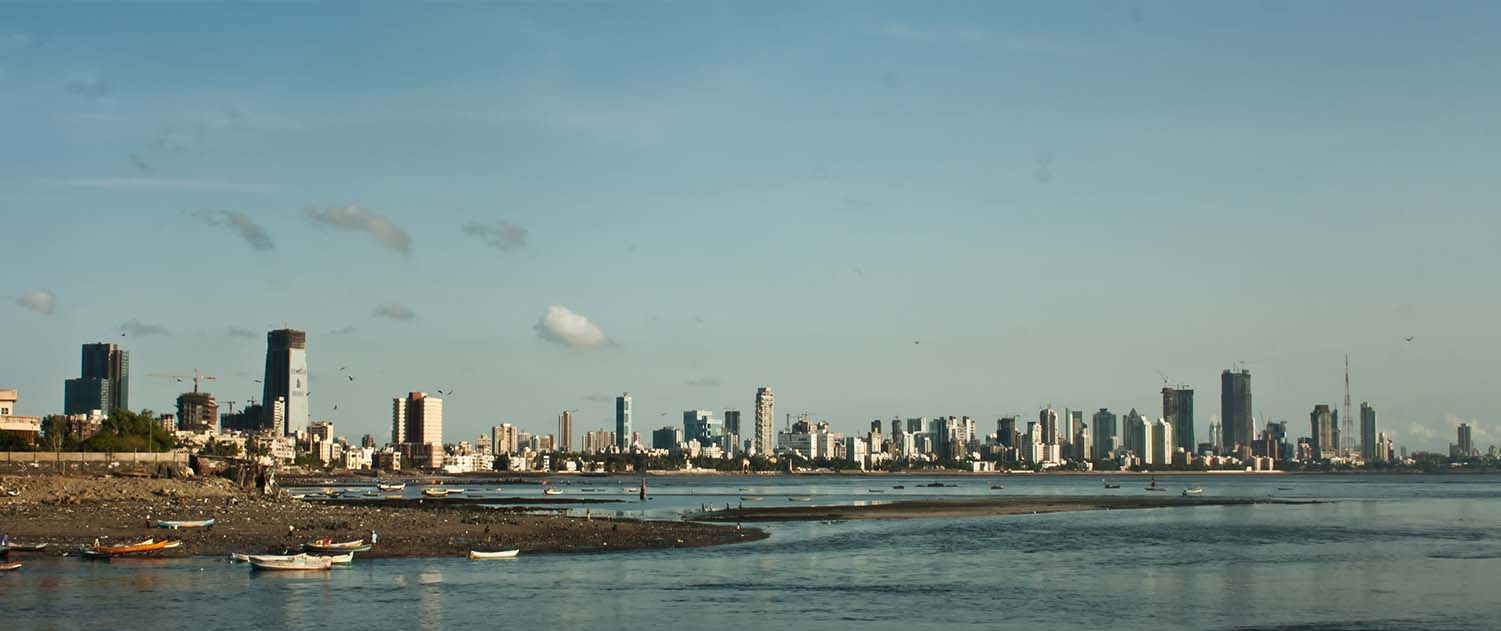By Robbaita Zahra
The OECD defines e-commerce as “the sale or purchase of goods or services, conducted over computer networks by methods specifically designed for the purpose of receiving or placing orders. The goods and services are ordered by those methods, but the payment and ultimate delivery of the goods or services do not have to be conducted online”. It is no doubt that this area serves as a strong interest in ASEAN as it holds much economic promise. Through technology, the costs of production can be reduced, which later encourages the growth of new business and advances communication. ASEAN has been a platform for Southeast Asia countries to integrate efforts and efficiency in terms of economic cooperation as embodied in one of the three pillars of ASEAN which is ASEAN Economic Community. To reach its vision of a regionally integrated economy, electronic commerce can be viewed as one of an instrumental component in this matter. With the rapid growth of technology and industry, e-commerce in ASEAN countries has grown rapidly and significantly within these past few years. In Indonesia, Malaysia, the Philippines, Singapore, Thailand and Vietnam, retail e-commerce has a total market size of US$7 billion. Countries in the ASEAN region also are the fastest-growing internet markets, with approximately 330 million internet users.According to research conducted by Google and Temasek, the size of the Internet-based economy of ASEAN could reach a size of $240 billion by 2025.
In line with this development, the ASEAN Agreement on Electronic Commerce was signed on 12 November 2018, on the sidelines of the 33rd ASEAN Summit and Related Meetings, making ASEAN as the first region in the world to have an e-commerce agreement. This agreement is part of the implementation of the ASEAN Work Programme on Electronic Commerce 2017-2025. The objectives of this agreement are to facilitate cross-border e-commerce transactions, contribute to creating an environment of trust and confidence in the use of e-commerce, and deepen cooperation among ASEAN member states to further develop and intensify the use of e-commerce to drive economic growth and social development in the region.
Why Is It Necessary?
This agreement comprises of member states’ commitment to cooperate and collaborate with regards to electronic commerce, so that businesses–especially small and medium-sized enterprises–in the ASEAN countries can be enhanced more efficiently. Each country shall have the commitment to maintain or adopt as soon as practicable, laws and regulations governing electronic transactions. Relevant measures in each countries which contribute to the increase of trust and certainty for business operating in the region are also required to be published as promptly as possible. Moreover, ASEAN members acknowledge the importance of efficient cross-border logistic. Therefore, through this Agreement, lower costs and improvement of speed and reliability of supply chains in cross-border e-commerce are essential to be implemented. With this, it is expected to improve the accessibility of rural areas to online marketplaces.
With regards to facilitating cross-border e-commerce, it provides several mechanisms which shall be implemented, such as paperless trading between businesses and authorities which are encouraged to be used, the acknowledgment of legal validity of electronic authentication and electronic signatures, and the recognition of cross-border transfer of information by electronic means.
Further, another area of this agreement that needs to be highlighted is in terms of consumer protection. It is true, that with e-commerce, consumers are able to have more options and variety of products and services. However, engaging in a transaction in electronic commerce provides several inherent risks, such as unsecured online payments, product unsafety, and inaccessible dispute settlement. Lack of trust in online transaction are also usually become one of the problems faced with regards to consumers in e-commerce. Therefore, under this agreement, consumers engaging in electronic commerce are supposedly be given the same protection as given to consumers of other forms of commerce under each respective countries. Transaction security, cyber security and personal data protection shall be accorded to the consumers to ensure consumer protection. Dispute settlement mechanism is also regulated in this Agreement, giving more certainty and a degree of trust for the consumers.
However, despite the existence of this Agreement, each member states have to give common efforts to support the development of regional e-commerce, including but not limited to enacting the necessary laws and regulations on electronic commerce. The ASEAN Agreement on E-Commerce provides a starting point which can be seen as a common reference framework guiding the enactment of domestic laws and regulations in the respective ASEAN jurisdictions. Not only enacting the needed legal frameworks, enforcement of those legal frameworks are also critical in enhancing the implementation of e-commerce.
Last but not least, aside from adopting the legal framework, it is also needed to keep developing the technology as the basis of e-commerce itself; such as telecommunication infrastructure, user-friendly online payment systems, and efficient distribution networks. For without the advancement and innovation of technology, the region’s economic condition might not be as progressive as it is right now.
Robbaita Zahra is currently a Program-Intern in ASEAN Studies Center Universitas Gadjah Mada








